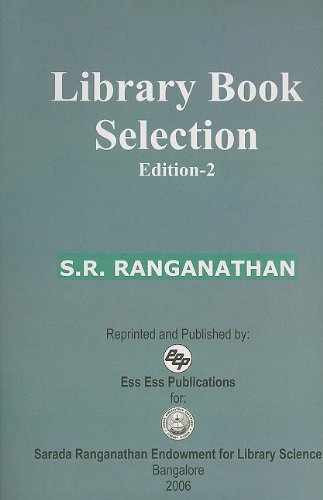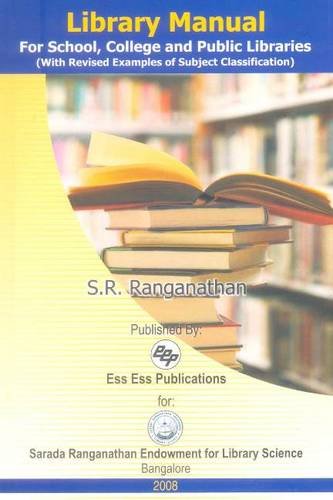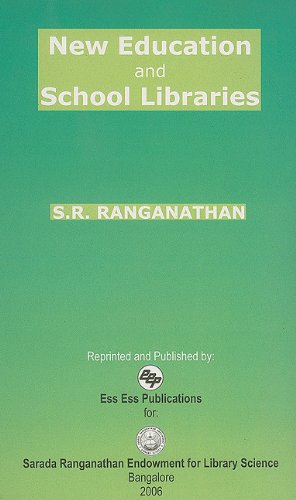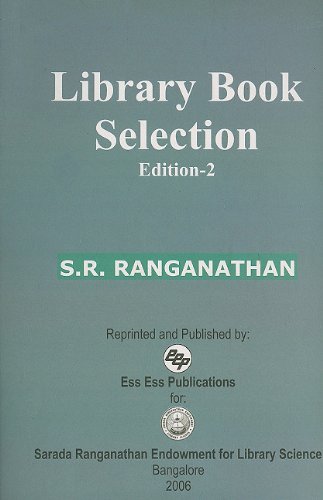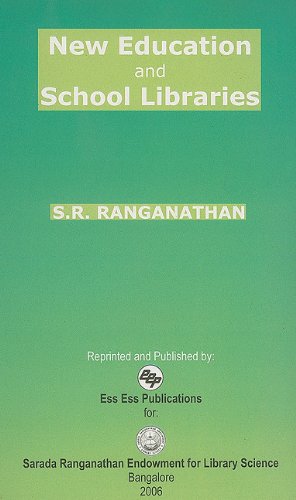The present book on Resource sharing and Library & Information Networks'
provides an opportunity to its readers to be well acquainted with the concept of
resource sharing. its functioning. advancement and the technology� used in
this field. This book is divided into ten chapters. Introduction is the first
chapter that explains the concept of resource sharing and its history. Second
chapter deals with the conceptual framework of resource sharing, in this
chapter, resource sharing categories, process of resource sharing, its forms and
web based resource sharing are explained. Next chapter forms the tools of
resource sharing, where the traditional tools, modern tools like e-books and
e-journals and also discussed. Today, the advancement in information and
communication technology has led the formation of library networks, which are
providing the facility to its users of online access to information Fourth
chapter tells us about the library networks, including wireless networks and
their uses in resource sharing. It also explains the concept of consortia
formation as well as national basis and some of the important library consortia
are also discussed in this chapter. In spite of various developments and
advancements, there are some barriers which hamper the process of resource
sharing. These are discussed under fifth chapter that is on Barriers of Resource
Sharing. User expectations and needs play important role in developing
fruitfulness of resource sharing because it's the users who lead us to improve
our present resources and services. It is because of users' suggestions that a
particular library be able in the race of existence in modern environment of
information and communication technology. Today, libraries are bound to educate
or train its users in handling modern tools� of information gathering. All
these, users' expectations, needs and user education are discussed in its sixth
chapter. The seventh chapter Management of Resource Sharing ' tells us how
effectively we can manage the resource sharing among libraries. The� future
prospects of resource sharing are discussed in its next chapter. In the last
chapter, Important library and Information Networks', some important Indian
library and information networks are discussed. The book is appended with some
appendices on Important Library Consortia, Subject Gateways, Modern
Inter-library Loan code, Policy on Confidentiality of Library Records and Model
Photocopying and IT Act 2000. This book will be useful not only as a supplement
to enhance the knowledge of the persons already engaged in the field of resource
sharing, but also the students of library Science.Ã? Ã? Ã?Â
Ã?Â
Ã?Â
Ã?Â


